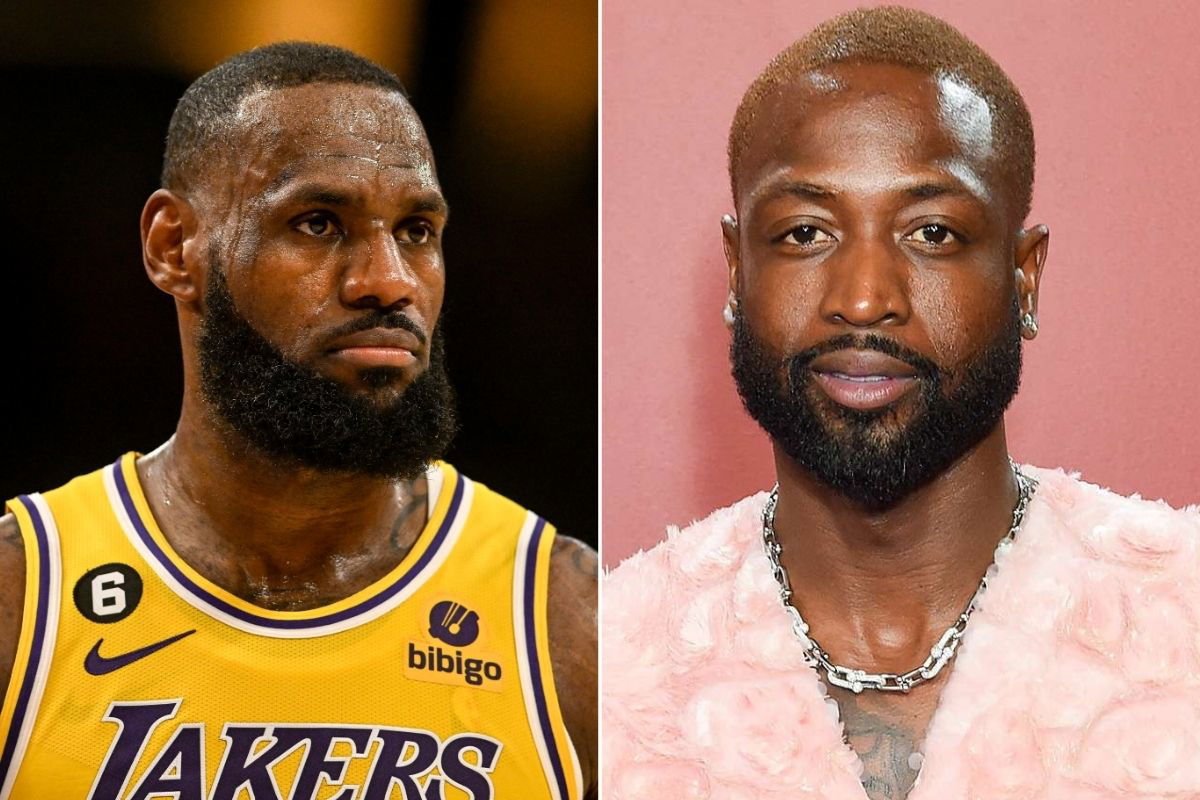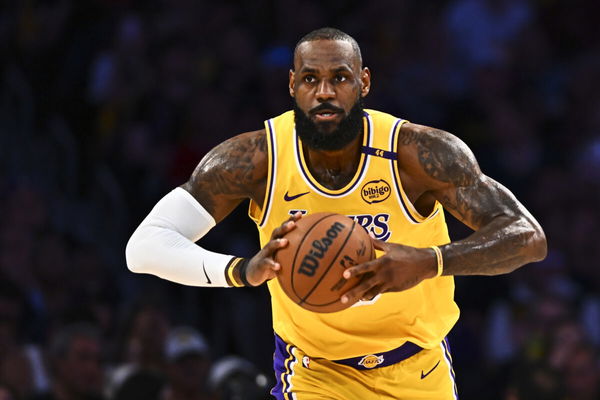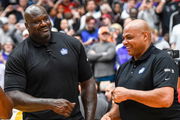

The NBA’s second apron has created several obstacles for certain teams to maneuver their rosters. The Suns just had to crack a 7-team trade to move Kevin Durant. Even before last season, most NBA GMs voted it as the one rule in the league that needs to change. Those above the forbidden apron stand to lose a lot in penalties. Had the Celtics not made trades, their roster would have cost over $500 million to keep together due to fines.
Watch What’s Trending Now!
But what started this phenomenon? It was implemented to give all teams an equally competitive ground. Adam Silver mainly wanted to end the era of super teams. The apron puts additional pressure on building talent and making strategic moves. According to Dwyane Wade, the thought came into place because of LeBron James and the Miami Heat.
The iconic ‘Big 3’ union was among the reasons for the 2010 lockout. Smaller market teams sought a hard salary cap that would prevent bigger markets from clustering superstars, among other issues. Hence, came a harsher luxury tax at the time. But even then, the Warriors managed to sign Kevin Durant.
ADVERTISEMENT
So Wade believes after futile attempts with luxury tax, Silver introduced the second apron with more strict implications on spending teams. “It forces team to develop players and make smarter financial decisions. It makes it much harder to stack talent via free agency. Right? So it’s the big three. Us was a part of that lockout was like yo, we don’t want this no more,” he explained on The Timeout.

Imago
Apr 11, 2025; Los Angeles, California, USA; Los Angeles Lakers forward LeBron James (23) passes against the Houston Rockets during the first half at Crypto.com Arena. Mandatory Credit: Jonathan Hui-Imagn Images
The second apron prohibits extreme spending. That’s the reason teams are thinking twice before offering extensions. It was also believed to be the reason the Mavericks decided to trade Luka Doncic as a $300 million extension awaited him. The apron has managed to curb lavish teams taking advantage of their wallets.
ADVERTISEMENT
But most importantly, it brings equal parity into the equation.
ADVERTISEMENT
Dwyane Wade reveals small market problems
The 2011 NBA lockout was a cold war between owners and players. The owners wanted to reduce revenue sharing percentages and bring in short-term contracts. However, as far as a hard salary cap is concerned, that was mainly provoked by the small-market teams. At the time, there was no lucrative media deal, and the valuations of teams was still modest.
Small-market sides like the Milwaukee Bucks didn’t have local TV deals like the Lakers. According to reports, 22 of the 30 teams lost money during the 2010 season. So when the owners sat down for discussions, they urged for a balance competitive landscape.
Top Stories
7ft Shaquille O’Neal’s Eldest Born Child Clears Height Mystery as She Finally Reveals Truth

A’ja Wilson, Bam Adebayo Issue Strong Statement Against Rachel Nichols’ Question About Couple’s Privacy

Respect Pours In for Shaquille O’Neal, Charles Barkley After $200,000 Announcement

Mavericks Make Anthony Davis Trade Decision Amid Plan to Cut Ties With 3 Stars

Are Kawhi Leonard, James Harden Playing Tonight? Latest Grizzlies vs Clippers Injury Report (Dec 15)

“I remember going through in 2010 we went through the lockout and one of the big complaints in the room from the owners was they cannot compete. The smaller markets cannot compete with the top bigger markets. Okay. And so let’s fast forward to now. This second apron gives those markets the opportunity to compete,” Dwyane Wade revealed.
ADVERTISEMENT
A popular notion that’s come from the second apron is that it prevents dynasties. After all, even if teams build organically, eventually they will have to pay their stars. But this initiative not only promotes movement to give small markets a chance, it also stresses on making the right decisions at the right time.
Silver for one wouldn’t mind another dominant run. “For fans, the goal is certainly not to stop dynasties, but by drafting well, potentially by trading well, is there a different type of dynasty that’s created,” said the NBA Commissioner. The Oklahoma City Thunder are a prime example. They paid their three instrumental stars historic money. However, because of good draft choices and flexibility to create around them, the second apron might not bite them at all. At least Bobby Marks, a cap expert is certain about it.
Furthermore, there have been seven different champions over the last seven seasons. Most of them are small-market teams. The ability to create a formidable roster within a set cap came about because of the penalties of going over the second apron. So in hindsight, it’s been a successful initiative so far.
ADVERTISEMENT
But do you think the second apron still needs changes? Let us know your views in the comments below.
ADVERTISEMENT
ADVERTISEMENT
ADVERTISEMENT

